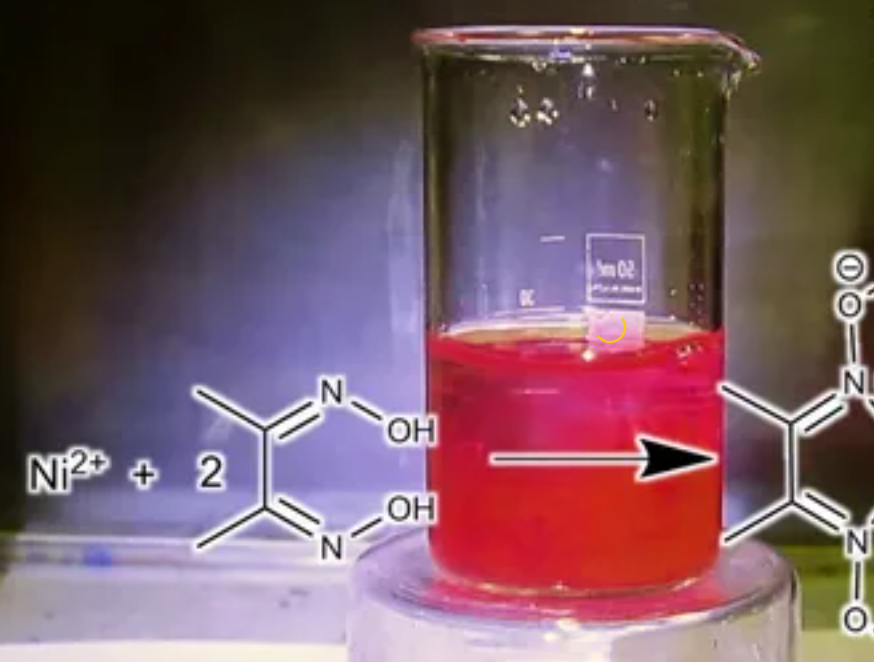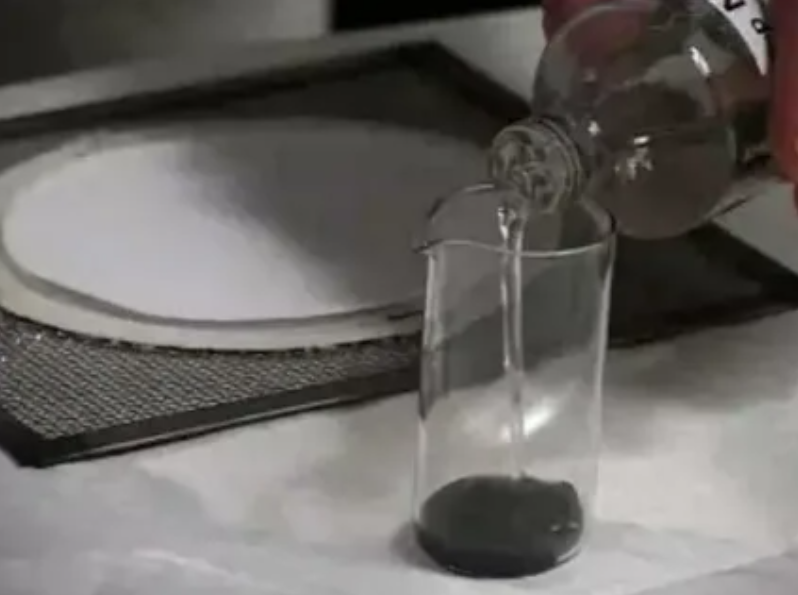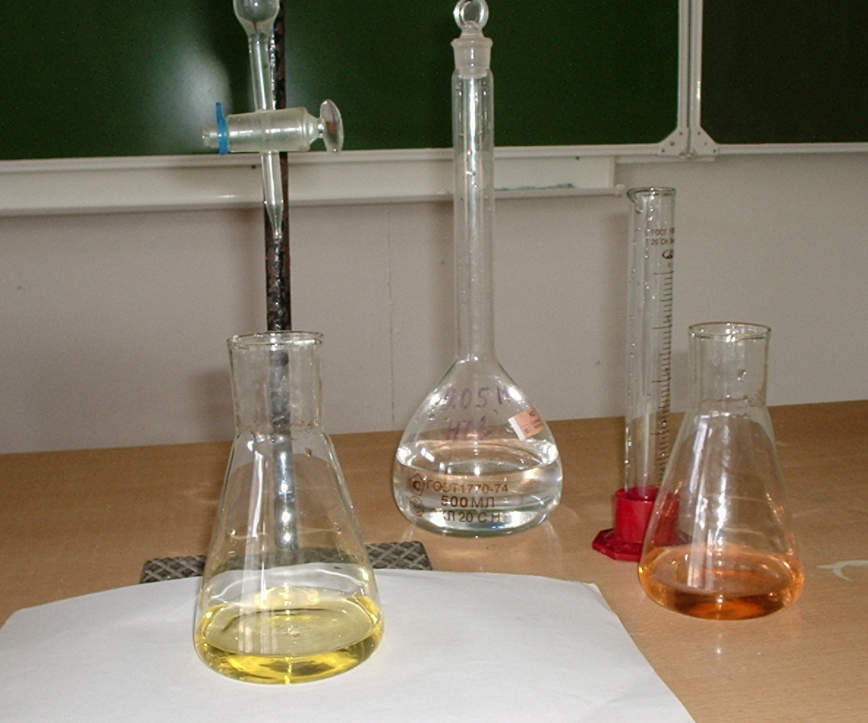
Reagents and instruments used for testing
1. Nitric acid 1.40g/mL super pure.2. Nitric acid 1.40g/mL analytically pure.
3. Perchloric acid 1.67g/mL super pure.
4. Nitric acid solution (1+1)
Mix high-grade nitric acid with an equal volume of laboratory grade-one pure water.
5. Nitric acid solution (0.2+99.8)
Slowly add 2 mL of nitric acid to 998 mL of laboratory grade water.
6. Nickel stock solution 1000mg/L.
Weigh (1.000±0.001) g of spectrally pure nickel or an equivalent amount of nickel oxide, dissolve it with nitric acid solution (1+1) completely, add it to a 1000mL volumetric flask, and dilute to the mark with water.
7. Nickel standard solution 50mg/L.
Prepare by diluting nickel stock solution with nitric acid solution (0.2+99.8).
8. Acetylene
The gas purity is qualified to obtain a light blue lean flame.
9. Air
It is supplied by an air compressor and should be filtered before use to remove impurities such as water, oil, dust and so on in the air.
10. Atomic absorption spectrophotometer (to be equipped with a nickel hollow cathode lamp).
11. Common laboratory glassware soaked in nitric acid solution.

Pretreatment of water samples
When the water sample is collected, it should be stored in a clean polyethylene sampling bottle, and then immediately add nitric acid for acidification, and adjust the pH value of the collected water sample to less than 2.Take 100mL of the water sample to be tested, shake it up, transfer it into a 250mL high beaker, add 5mL of nitric acid, slowly heat it on an electric hot plate, concentrate it to about 10mL, remove it, and add 10mL of nitric acid and 4mL of perchloric acid along the wall of the beaker. In severe cases, a small amount of hydrogen peroxide can be used instead of perchloric acid, and after heating and digestion is continued until the solution is clear, the wall of the cup is rinsed with a small amount of laboratory first-grade pure water, heated and boiled to drive out chlorine and nitrogen oxides. Then dissolve with hot water, filter into a 100mL volumetric flask, and set the volume to be tested.

Detection steps
Set the instrument to a wavelength of 232.0 nm, a lamp current of 7 mA, and a flame type of lean burn. Then the instrument is zeroed with nitric acid solution (0.2+99.8), after the zero point of the instrument is stable, the digested sample solution is sprayed into the flame, and the absorbance is recorded. The absorbance of the water sample was deducted from the absorbance of the blank test, and the content of the tested nickel element was found on the working curve.Draw working curve
In a set of 100mL volumetric flasks, add 0.50mL, 1.00m, 3.00m1, 5.00mL, 10.00mL nickel standard solution respectively, add nitric acid solution (0.2+99.8) to dilute to the mark. The concentrations of this nickel standard series are 0.25mg/L, 0.50mg/L, 1.50mg/L, 2.50mg/L and 5.00mg/L respectively. Determine the absorbance of the working solution according to the detection steps, and draw the working curve of absorbance versus nickel content. Working curve drawing can be carried out simultaneously with water sample detection.The nickel content in the water sample can be calculated according to the formula p=m*1000/V.



